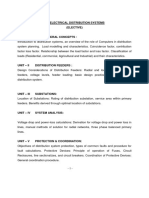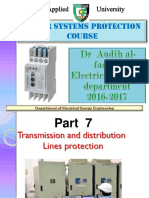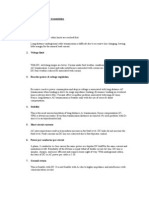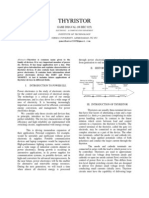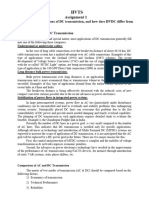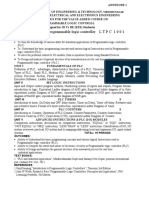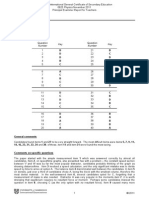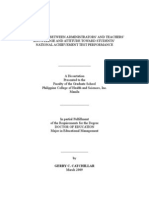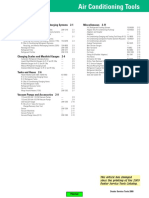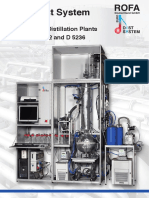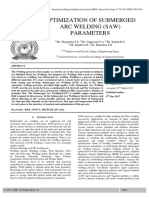0% found this document useful (0 votes)
201 views3 pagesComparision of AC and DC Transmission
Comparision of AC and DC Transmission:
Uploaded by
Padukolai KarupaiahCopyright
© © All Rights Reserved
We take content rights seriously. If you suspect this is your content, claim it here.
Available Formats
Download as DOCX, PDF, TXT or read online on Scribd
0% found this document useful (0 votes)
201 views3 pagesComparision of AC and DC Transmission
Comparision of AC and DC Transmission:
Uploaded by
Padukolai KarupaiahCopyright
© © All Rights Reserved
We take content rights seriously. If you suspect this is your content, claim it here.
Available Formats
Download as DOCX, PDF, TXT or read online on Scribd
/ 3

















